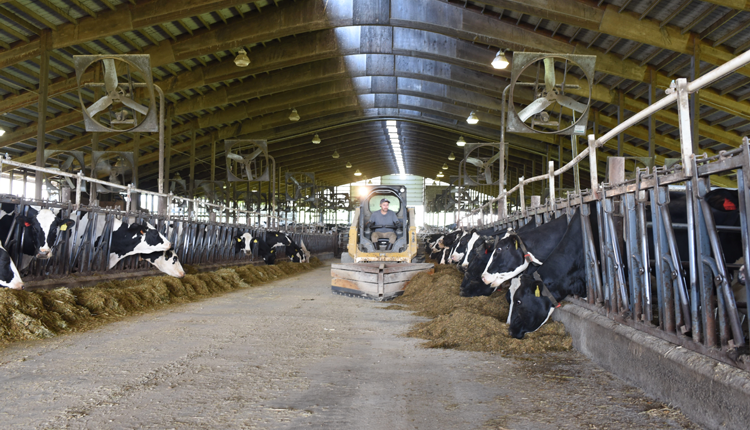
What does compliance look like on your dairy? Maybe it involves following a protocol closely to complete a job. Perhaps it is getting a job done in whatever way is the most efficient. Or, it might be a hodgepodge of following rules and improvising on the go.
We know that how an animal expresses its innate genetic ability is directly affected by the environment it is in, and that includes how we follow the standards we have set to care for them.
During a Reproduction Roadshow event, University of Wisconsin-Madison dairy extension educator Alison Pfau encouraged attendees to not think of compliance as one box that either gets checked or doesn’t. Being compliant to a fertility program, for example, means giving the correct treatment at the correct dosage to the correct cow at the correct time. If any of those steps are altered, compliance has suffered. And if you are just 95% compliant on each of the three treatments of an ovsynch program, she continued, that multiplies out to only being 86% compliant to the entire system. That can make a big difference in how the protocol you have carefully designed actually works, Pfau said.
A similar example could be made for the steps of the milking procedure, or newborn calf care, or feed delivery. No matter what job someone is doing on the farm, following the steps that have been determined to work for the business is crucial to achieving the farm’s goals and being able to accurately evaluate if something needs to be adjusted.
Getting it done
That’s all easy to say, of course. Achieving good compliance requires clear determination and communication of the protocols followed by effective training and regular follow-up.
Pfau advised that training should be the first thing employees go through when they join your farm team, regardless of their past experiences. They may have handled breeding at a job prior, for example, but your farm and team has its own needs and systems. Ensure that you lay out these standards when a new employee arrives or someone takes on a new role, she said.
She also recommended providing refresher trainings at least annually. This creates a natural time to review protocols and make adjustments if necessary while also limiting procedural drift and keeping everyone on the same page. Make sure all protocol materials are available to the people performing those jobs and translated if necessary.
In the short term, effective training develops a farm team’s knowledge and skills, helping build ownership and a more rewarding work environment by giving people what they need to do their job. In the longer term, attention to the proper protocols also makes a difference to animal welfare and productivity. Together, those results help a dairy thrive.








